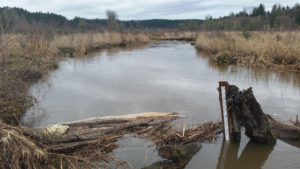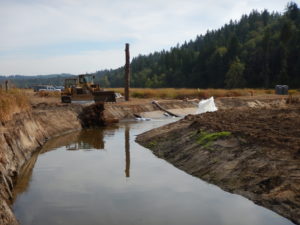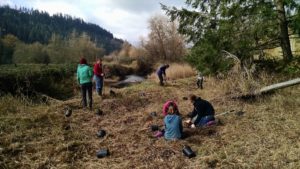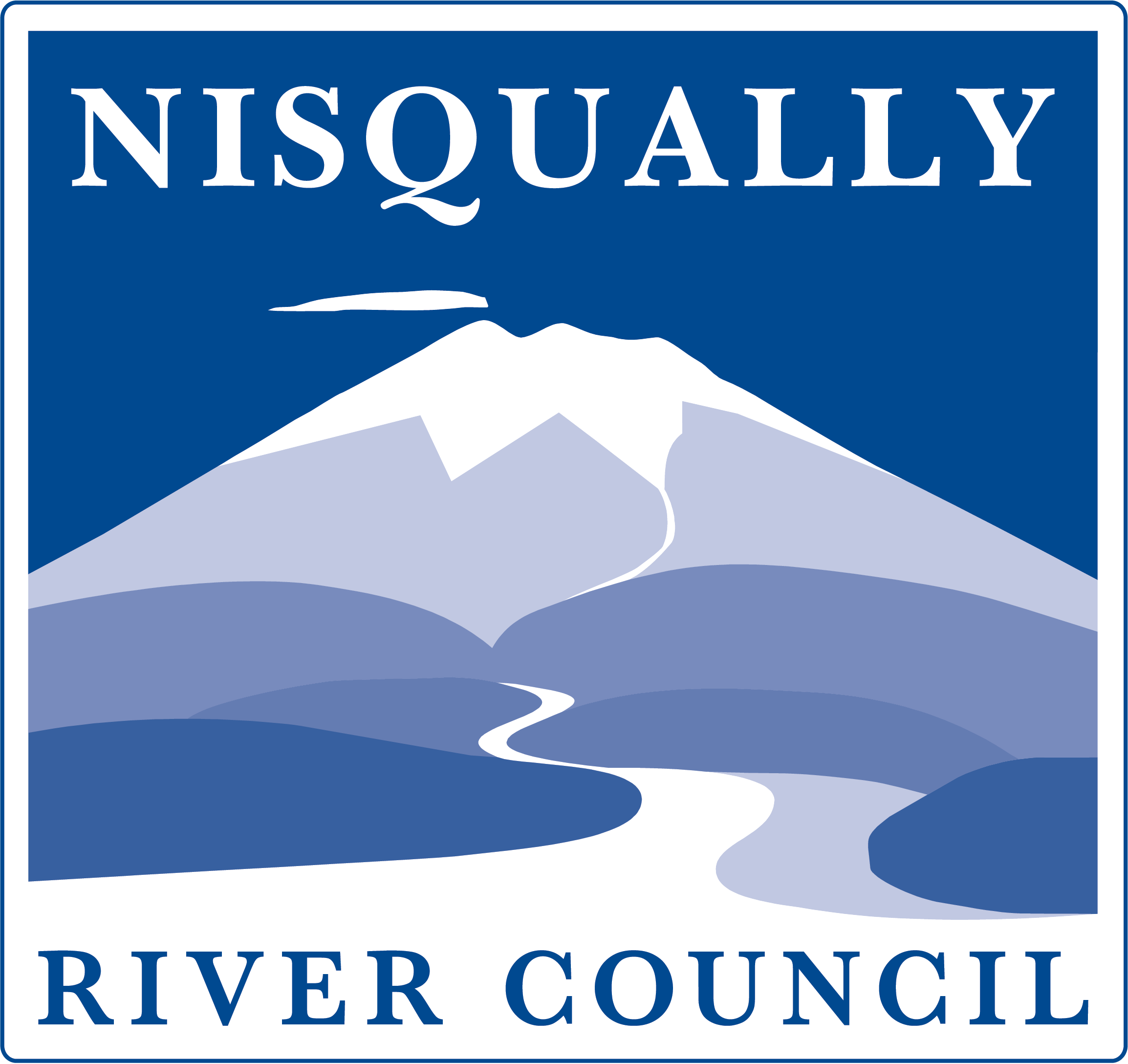On February 1, the Nisqually Watershed became the first in Washington State to receive approval from the Department of Ecology for its plan to address the impacts of new permit-exempt wells on streamflows and habitat in the watershed. Permit-exempt wells are used by homes and small developments where community water supply is not available. While an individual permit-exempt well doesn’t require a water right, enough wells can eventually reduce the water available in a system for other uses, including streamflows and salmon habitat. The Streamflow Restoration Act, passed by the Legislature in 2018 in response to the Hirst Decision, required that watershed planning groups forecast estimated water use by new permit-exempt wells and come up with strategies to mitigate impacts to streamflows by restoring water, improving habitat, and providing net ecological benefit.
The Streamflow Restoration Act put the Nisqually Watershed on a fast track to develop its plan by February 1, 2019. This meant intensive work by the Nisqually Planning Unit over the summer and fall of 2018 to estimate rural growth and water use, identify and quantify habitat projects with benefits to streamflows, and discuss potential policy approaches to mitigation at the local level. Strategies outlined in the final plan (an Addendum to the 2003 Nisqually Watershed Management Plan) include a range of projects that support salmon recovery goals and sustainable rural development:
-

Ohop Creek Stream Gauge (credit: Roger Andrascik) 
Ohop Creek Restoration (credit: Ashley Von Essen) 
Volunteer tree planting along Ohop Creek (credit: Emily McCartan) Stream and floodplain restoration projects (similar to the ongoing Ohop Creek restoration work seen here)
- Nisqually Community Forest management strategies prioritizing long-term streamflows
- Acquiring water rights under the Washington Water Trust program
- Water infrastructure projects, including expanding connections to Yelm’s municipal water system and improving stormwater systems in Eatonville
The collaborative efforts of the Nisqually Planning Unit included representatives from the Nisqually Indian Tribe, Thurston, Pierce, and Lewis Counties, the Nisqually River Council’s Citizens Advisory Committee, the Cities of Olympia, Lacey, and Yelm, the Town of Eatonville, Thurston PUD, and Washington State Departments of Ecology, Agriculture, and Fish & Wildlife. The plan now goes before the county and tribal governments for local approval. In addition, the Department of Ecology has awarded grant funding through the Streamflow Restoration program to two projects in the Nisqually Watershed that will help kickstart this important work to preserve healthy streamflows over the coming decades. As growth and development, climate change, and other pressures continue to impact our region and its natural resources, this plan provides a vital framework to protect streamflows into the future.
The Nisqually Planning Unit and partners will be continuing their work as they move from planning into implementation. The full Watershed Plan Addendum and more information about the Planning Unit can be found here: http://nisquallyriver.org/nisqually-water-planning/



